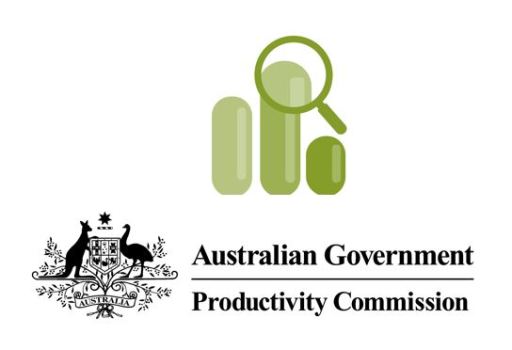The final section of the Productivity Commission’s Report on Government Services (RoGS) has been released, covering child care, education and training (CCET).
Expenditure on CCET services is significant. Total government expenditure on the sector was just under $71 billion in 2016-17, around 31.6 percent of total government expenditure on service. School education was the largest contributor ($55.7 billion), followed by early childhood education and care (ECEC, at $9.3 billion) and vocational education and training (VET, at $5.8 billion).
The RoGS report did not cover higher education, but in the ABS reported it at $26 billion in 2015-16.
Schooling is compulsory in Australia until age 15. Nationally in 2017, 62.8 percent of 15-24 year olds were enrolled in education and training (83.8 percent of 15-19 year olds and 44.4 percent of 20-24 year olds), compared to just 8.0 percent of 25-64 year olds.
Two sector-wide indicators of governments’ aim to develop the capacities and talents of children and students to ensure necessary knowledge, understanding, skills and values for a productive and rewarding life are reported in RoGS:
- Achievement of foundation skills — proportion of 20-64 year olds who have achieved literacy, numeracy and problem solving skills. In 2011-12, the proportion of the population aged 20-64 years who achieved at level 3 or above was 56.7 percent for literacy and 46.3 percent for numeracy.
- Attainment of qualifications — proportion of 20-64 year olds with qualifications at Certificate III level or above. In 2017, 61.6 percent of 20-64 year olds had a qualification at this level.
Early Childhood Education and Care
In 2017, 1,261,041 (about 31.3 percent) of children aged 0-12 years attended Australian Government approved child care services, an increase of 3.3 percent from 2016. In 2016, 514,028 children aged 3-5 years were enrolled in a preschool program. Of these children, 288,369 were enrolled in a preschool program in the year before full time schooling.
The proportion attending was highest in the ACT and lowest in the Northern Territory and Western Australia. NSW had the lowest proportion of preschool children in care, largely because of the low level of government preschools in the state. Costs were highest in the ACT.
The report also measured demand for child care, staff quality, breaches and incidents, and expenditure per child (much lower in Western Australia than anywhere else).
School education
In 2016, there were 9,414 schools in Australia (6,233 primary schools, 1,404 secondary schools, 1,316 combined schools, and 461 special schools). More than two thirds of schools (70.5 percent) were government owned and managed.
There were 3.8 million full time equivalent (FTE) students enrolled in school nationally in 2016. Government schools had 2.5 million FTE students enrolled (65.3 percent of all FTE students). This proportion has remained steady since 2012, following a decrease from 66.5 percent in 2007. Non‑government schools had 1.3 million FTE students enrolled (34.7 percent of all FTE students).
Nationally in 2017, the attendance rate for all school students across year levels 1–6 was 93.4 percent. These attendance rates have remained steady since 2014 and are similar across most jurisdictions. Nationally in 2017, across all schools attendance rates decreased from 93.0 percent for year 7 to 89.4 percent for year 10. Attendance rates were lowest in the Northern Territory and very similar in all other jurisdictions, and were slightly higher across the board in non-government schools.
The retention rate measures the proportion of Year 10 students that continue to Year 12. Nationally in 2016, the retention rate was 82.9 percent, an increase from 75.6 percent in 2007. The rate for government schools increased from 70.5 percent to 79.5 percent and for non‑government schools from 84.1 percent to 87.9 percent.
Expenditure per student was lowest in Victoria and highest in the Northern Territory. Many of the measures in the report show major differences in the Northern Territory, with its smaller population and high proportion of indigenous students.
Vocational education and training (VET)
The main source of government funding of VET is via grants and appropriations. Competitive tendering and user choice mechanisms are also used. Nationally in 2016, total government appropriations and program funding for VET was $4.7 billion. State and territory governments provided $2.9 billion (61.1 percent), and the Australian Government provided $1.8 billion to state and territory governments, mostly through specific purpose and national partnership payments.
Government funding of VET is provided to a mixture of government registered training organisations (RTOs, including TAFEs), and community education providers and other registered RTOs. Nationally, government payments to non‑TAFE providers have more than doubled since 2007, to $1.3 billion.
Nationally in 2016, an estimated 4.2 million students participated in total VET, and around 1.3 million students participated in government‑funded VET.
Comment below to have your say on this story.
If you have a news story or tip-off, get in touch at editorial@governmentnews.com.au.
Sign up to the Government News newsletter

